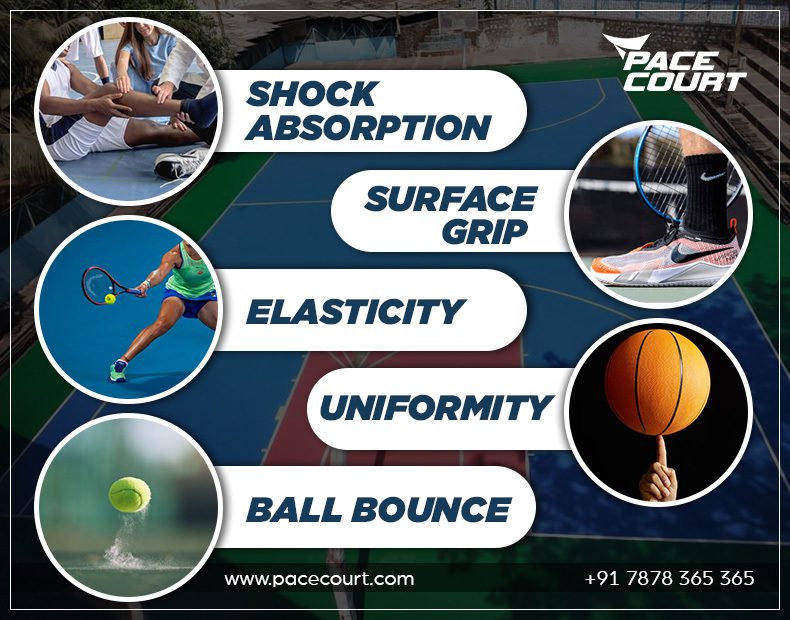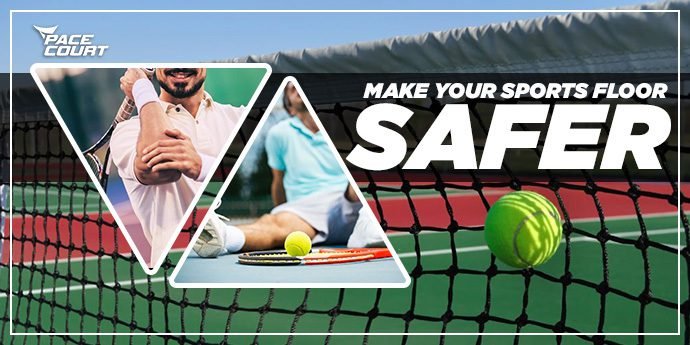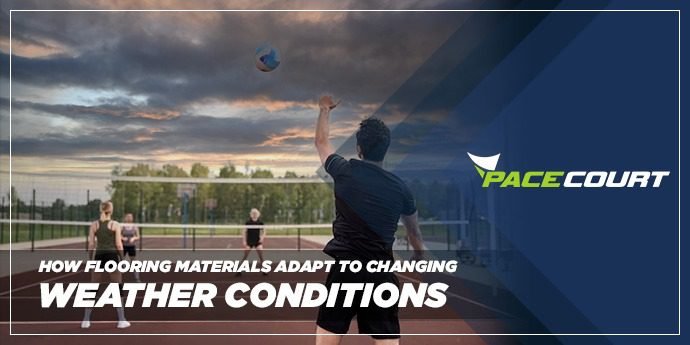Sports flooring, while often overlooked by the general public, plays a crucial role in making sports floors safer for athlete performance and safety. Given the rising awareness of injury prevention, companies like Pacecourt have plunged deep into research to enhance the safety of sports floors. Their findings shed light on key features that define a safer sports flooring system.
Shock Absorption
It is paramount. In layman's terms, this is the floor's ability to absorb and dissipate impact forces. Every time an athlete jumps, runs, or even walks, force is exerted on the floor. If the floor is too hard, it sends that force right back, increasing injury risks. Pacecourt's studies, involving force plates and biomechanical analyses, have shown that floors with superior shock absorption significantly reduce stress on athletes' joints, thus lowering the chances of overuse injuries.
Surface Grip
A delicate balance is essential here. Too much grip and athletes risk ankle twists or sudden halts that can strain muscles. Too little, and they may slip, leading to falls. Pacecourt’s friction tests, involving both machines and human subjects, indicate that an optimal grip reduces slip-related injuries and allows athletes to make controlled, precise movements without fearing unpredictable floor responses.
Uniformity
Across the surface is a non-negotiable feature. Inconsistent spots, either too hard or too soft, can be treacherous. Pacecourt’s advanced surface mapping technologies have revealed that athletes can detect even minor non-uniformities, which can disrupt their performance and up injury risks. Thus, uniformity isn't just about a consistent playing experience; it's about safety.
Elasticity
It is termed vertical deformation, which is about how much the floor deforms under force. While this might sound negative, a slight deformation is beneficial. It means the floor yields a bit under impact, providing a softer landing. Pacecourt's motion capture analyses have shown that floors with optimal elasticity allow athletes to make repetitive movements, like jumps, with reduced muscle fatigue and lower impact forces on landing.
Ball Rebound
While more performance-oriented, has safety implications too. Floors that offer consistent ball bounce reduce the unpredictability in games like basketball or volleyball. Pacecourt’s tests with various ball types show that when athletes can predict ball behaviour, they can position themselves better, avoiding sudden, injury-prone movements.

Durability and Wear Resistance
It ensures the floor maintains its safety features over time. Pacecourt’s long-term monitoring of sports facilities has evidenced that floors with high wear resistance retain their shock absorption, grip, also other safety characteristics for longer, ensuring a consistent safety profile throughout their lifespan.
Environmental Adaptability
The flooring system is crucial, With climate change making weather patterns unpredictable, sports floors, especially outdoor ones, need to withstand varying conditions. Pacecourt’s research, involving accelerated weathering tests, has shown that floors resistant to UV rays, moisture, also temperature fluctuations remain safer for longer, as their structural integrity and safety features remain intact.
Conclusion
Making sports floors safer is a multi-faceted domain, with multiple features working in tandem to protect athletes. Companies like Pacecourt, through rigorous research and a deep understanding of sports biomechanics, are pioneering the development of sports floors that aren't just surfaces to play on, but guardians of athlete safety. As sports evolve and athletes push boundaries, ensuring the ground beneath them is as safe as possible becomes an imperative that cannot be ignored.



